Traditional Toilets
Traditional toilets continue to be popular in the world of bathroom design because of their enduring appeal. These richly historical restrooms are more than just functional; they pay homage to a time when craftsmanship and attention to detail were valued. Read more to explore the essence of traditional toilets, learn about the leading brands in this space, and reveal their characteristics and the special charm they bring to our homes.
Purity Collection Chateau Back To Wall Toilet & Matt Latte Soft Close Seat
Now Only £202.70
Purity Collection Chateau Back To Wall Toilet & Sage Green Soft Close Seat
Now Only £202.70
Purity Collection Chateau Back To Wall Toilet & Satin White Wood Effect Seat
Now Only £202.70
Purity Collection Chateau Back To Wall Toilet & Sea Green Wood Effect Seat
Now Only £202.70
Purity Collection Chateau Back To Wall Toilet w/Brushed Brass Finish & Soft Close Seat
Now Only £262.88
Purity Collection Chateau Close Coupled Toilet & Matt Latte Soft Close Seat
Now Only £303.01
Purity Collection Chateau Close Coupled Toilet & Sage Green Soft Close Seat
Now Only £303.01
Purity Collection Chateau Close Coupled Toilet & Satin White Wood Effect Seat
Now Only £303.01
Purity Collection Chateau Close Coupled Toilet & Sea Green Wood Effect Seat
Now Only £303.01
Purity Collection Chateau Close Coupled Toilet w/Brushed Brass Finish & Soft Close Seat
Now Only £319.06
Harrogate Comfort Height Close Coupled Toilet & Arctic White Soft Close Seat
Now Only £341.25
Harrogate Comfort Height Close Coupled Toilet & Dovetail Grey Soft Close Seat
Now Only £341.25
Harrogate Comfort Height Close Coupled Toilet & Spa Grey Soft Close Seat
Now Only £341.25
Tavistock Lansdown Short Projection Open Back Close Coupled WC Pan and Cistern
Now Only £388.83
Purity Collection Chateau Low Level Toilet & Satin White Wood Effect Seat
Now Only £399.31
Purity Collection Chateau Low Level Toilet w/Brushed Brass Finish & Soft Close Seat
Now Only £423.38
Tavistock Lansdown Short Projection Open Back Close Coupled WC Pan and Sensor Cistern
Now Only £465.71
Purity Collection Chateau High Level Toilet & Matt Latte Soft Close Seat
Now Only £543.76
Purity Collection Chateau High Level Toilet & Sage Green Soft Close Seat
Now Only £543.76
Purity Collection Chateau High Level Toilet & Satin White Wood Effect Seat
Now Only £543.76
Purity Collection Chateau High Level Toilet & Sea Green Wood Effect Seat
Now Only £543.76
Purity Collection Chateau High Level Toilet w/Brushed Brass Finish & Soft Close Seat
Now Only £559.81
Tavistock Lansdown Short Projection Fully Enclosed Close Coupled WC Pan and Cistern
Now Only £591.39
Tavistock Lansdown Short Projection Fully Enclosed Close Coupled WC Pan and Sensor Cistern
Now Only £668.27
Definition and Characteristics of Traditional Toilets
Traditional toilets are rooted in a design philosophy that elegantly combines both functionality and aesthetics. These toilets are distinguished by a separate cistern that is frequently positioned high on the wall. The flush mechanism is usually operated by a lever or a traditional pull chain. This design feature is reminiscent of the Victorian era, which was known for its exquisite aesthetics and meticulous attention to detail.
Traditional toilets are made with an emphasis on classic aspects, as opposed to their modern counterparts. They are cosy and inviting, but they avoid the ostentations of excessive decoration. The design is based on the idea that utility and simplicity are the keys to beauty. The items have more substance and a sense of permanence. With careful consideration given to every curve, line, and detail, the ultimate product is more than just functional.
The Appeal of Vintage Style
Part of the appeal of traditional toilets can be attributed to our fast-paced, technologically-driven society. One finds a haven in these restrooms, a place where a more leisurely, thoughtful pace of life prevails over the unrelenting march of modernity. These toilets' retro or Victorian aesthetic is a tactile and visual throwback to a bygone era when things were designed to last and design was about more than just functionality or minimalism.
The conventional toilet is a relic from living history in many respects. High-level cisterns, elaborate flush knobs, and beautifully crafted bowls are not just decorative choices; they are a tribute to the artistry of bygone eras. Every one of these restrooms narrates a tale about how design has changed over time, how culture has changed, and how technology has advanced.
Comfort and Warmth
Conventional toilet design places a premium on cosiness and comfort, resulting in a setting that is both welcoming and comfortable. Not only are materials like porcelain and brass long-lasting, but they are also carefully chosen for their capacity to evoke cosiness and elegance. The colours, which are frequently soft and muted, add to the overall serenely and relaxation.
This emphasis on comfort extends to the shape and ergonomics of the toilet. Traditional toilets are often more robust and substantial, offering a level of comfort that is sometimes missing in more contemporary designs. The seats are crafted to be welcoming, and the cisterns and flush mechanisms are positioned for ease of use, ensuring that the experience of using these toilets is as pleasant as it is functional.
Intricate Accents without Over-Ornamentation
One of the hallmarks of traditional toilets is their ability to incorporate intricate accents without veering into over-ornamentation. The detailing is subtle yet impactful, from the gentle curves of the bowl to the ornamental flourishes on the cistern. These details are not merely decorative; they are an integral part of the toilet's character, contributing to its unique identity.
The craftsmanship evident in these toilets is a reminder of an age when artisans took pride in their work, painstakingly creating pieces that were both beautiful and practical. The attention to detail is apparent in every aspect, from the precision of the porcelain moulding to the finesse of the metalwork. These are toilets that have been crafted, not just manufactured.
Durable Materials: The Foundation of Longevity
The cornerstone of traditional toilets is the material from which they are crafted. Predominantly, these toilets are made from high-quality ceramic. This choice of material is far from arbitrary; ceramic is celebrated for its glossy surface, lending an elegant sheen that complements the classic design of these toilets. Beyond its aesthetic appeal, ceramic is inherently non-porous, a crucial attribute that makes these toilets exceptionally hygienic. This non-porosity ensures that the surface remains impervious to bacteria and stains, making toilets easy to clean and maintain.
The durability of ceramic cannot be overstated. It is a material designed to withstand the rigours of daily use and is resistant to scratches and fading. This endurance is a key factor in the longevity of traditional toilets, ensuring that they remain a fixture in homes for years, even decades, without losing their lustre or functionality.
Variety in Style: Catering to Every Taste
The world of traditional toilets is rich in variety, offering a range of styles to suit different tastes and bathroom layouts. Let’s explore some of the most popular styles:
Classic High Level Toilets: The quintessence of vintage elegance, high level toilets feature a cistern mounted high on the wall, connected to the pan by a long, often ornate, flush pipe. The cistern is typically operated by a pull chain, adding a touch of historical charm. This style is perfect for those looking to create a bathroom with a strong period feel.
Low Level Tank Designs: Offering a more understated take on the traditional style, low level toilets feature a cistern positioned just above the toilet bowl, connected by a short flush pipe. This design is more compact than the high-level variant, making it suitable for smaller bathrooms without sacrificing the classic aesthetic.
Wall-Mounted Models: For a blend of traditional design and contemporary space-saving, wall-mounted toilets are an excellent choice. These models hide the cistern behind the wall, leaving only the bowl visible. This style can lend a slightly more modern touch while still maintaining traditional design elements.
Close Coupled Toilets: Close coupled toilets offer a more streamlined traditional look, with the cistern sitting directly on top of the toilet bowl. This style is versatile, fitting well into both traditional and more modern bathroom designs. It is also easier to install and maintain than high- or low-level designs.
Bidets: Often overlooked, bidets are a traditional fixture in many European bathrooms. While not a toilet in the conventional sense, they complement the traditional toilet setup, offering enhanced hygiene and comfort. Traditional bidets match the design of the toilet, often sharing the same material and colour schemes.
Aesthetic and Functional Benefits
Each style of traditional toilet brings with it unique aesthetic and functional benefits. High- and low-level designs, with their distinct cisterns and flush mechanisms, make a strong design statement, evoking a sense of history and grandeur. Wall-mounted models, on the other hand, offer a cleaner, more minimalistic look, ideal for those who wish to combine traditional design with a sense of modernity.
Close-coupled toilets strike a balance between the old and the new, making them adaptable to various bathroom styles. Their ease of installation and maintenance makes them a practical choice for many homeowners. Bidets, while not as common, add a level of sophistication and hygiene to the bathroom, reflecting a commitment to comfort and cleanliness.
Leading brands in this space
Bayswater Traditional Toilets:
Bayswater Bathrooms is a distinguished brand known for its classic British design in bathroom fixtures, especially traditional toilets. Their products are deeply inspired by the Victorian and Edwardian eras, combining the grandeur of the past with modern features suitable for contemporary lifestyles.
Bayswater Toilet Ranges
Fitzroy and Porchester Collections: Bayswater's sanitaryware collections, Fitzroy and Porchester, embody the characteristics of Edwardian and Victorian bathroom design. These ranges are complemented by exquisitely designed brassware, showcasing the brand's commitment to blending historical aesthetics with modern functionality.
Toilet Types and Styles: Bayswater offers a variety of toilet styles, including high-level, low-level, and close-coupled toilets. Each style brings its own unique charm and functionality to a bathroom setting.
High-Level Toilets: These toilets are reminiscent of the classic Victorian style, featuring a cistern installed at a higher level and connected to the toilet pan with a flush pipe.
Low-Level Toilets: Offering a slightly more contemporary take on the traditional design, these toilets have a lower-positioned cistern with a connecting flush pipe.
Close-Coupled Toilets: These are more compact, with the cistern sitting directly on the toilet pan, making them easier to install and maintain.
Quality and Craftsmanship: Bayswater is noted for its high-quality construction, with each piece carefully crafted. The brand is particularly recognised for its hand-painted bathroom furniture, indicating a high level of attention to detail and finish.
Design Philosophy: Bayswater focuses on creating timeless designs that are both attractive and functional. Their products are designed to transform bathrooms into tranquil spaces, using less water and thereby contributing to environmental sustainability.
In summary, Bayswater Bathrooms offers a range of traditional toilets that perfectly encapsulate the elegance of bygone eras while ensuring practicality and functionality for modern-day use. Their commitment to quality, combined with their distinctive design approach, makes them a standout choice for anyone looking to create a luxurious, traditionally styled bathroom.





















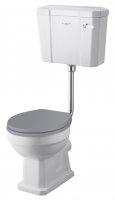




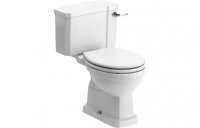










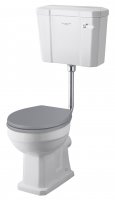




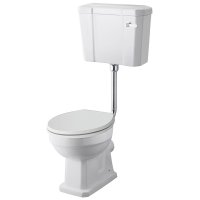










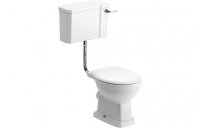









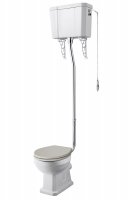







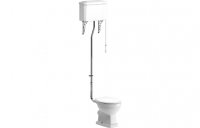








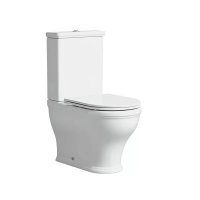













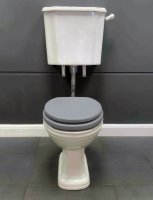


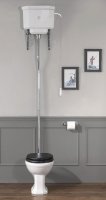

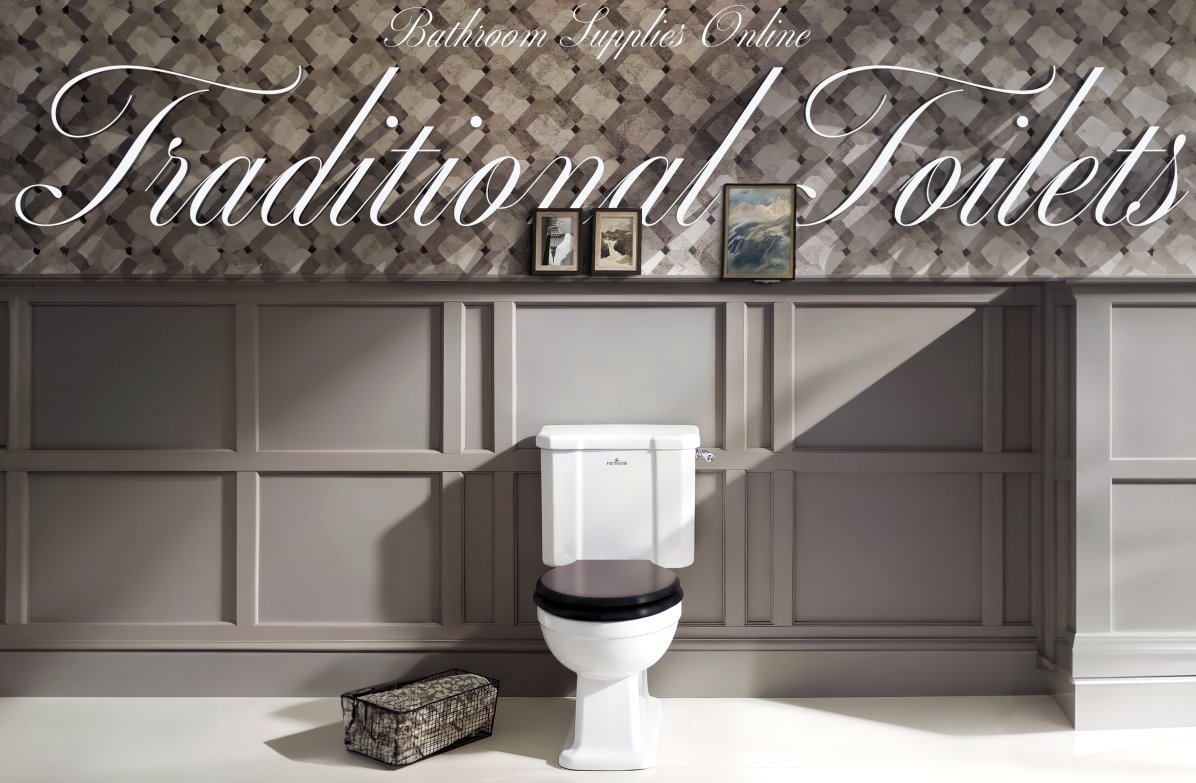

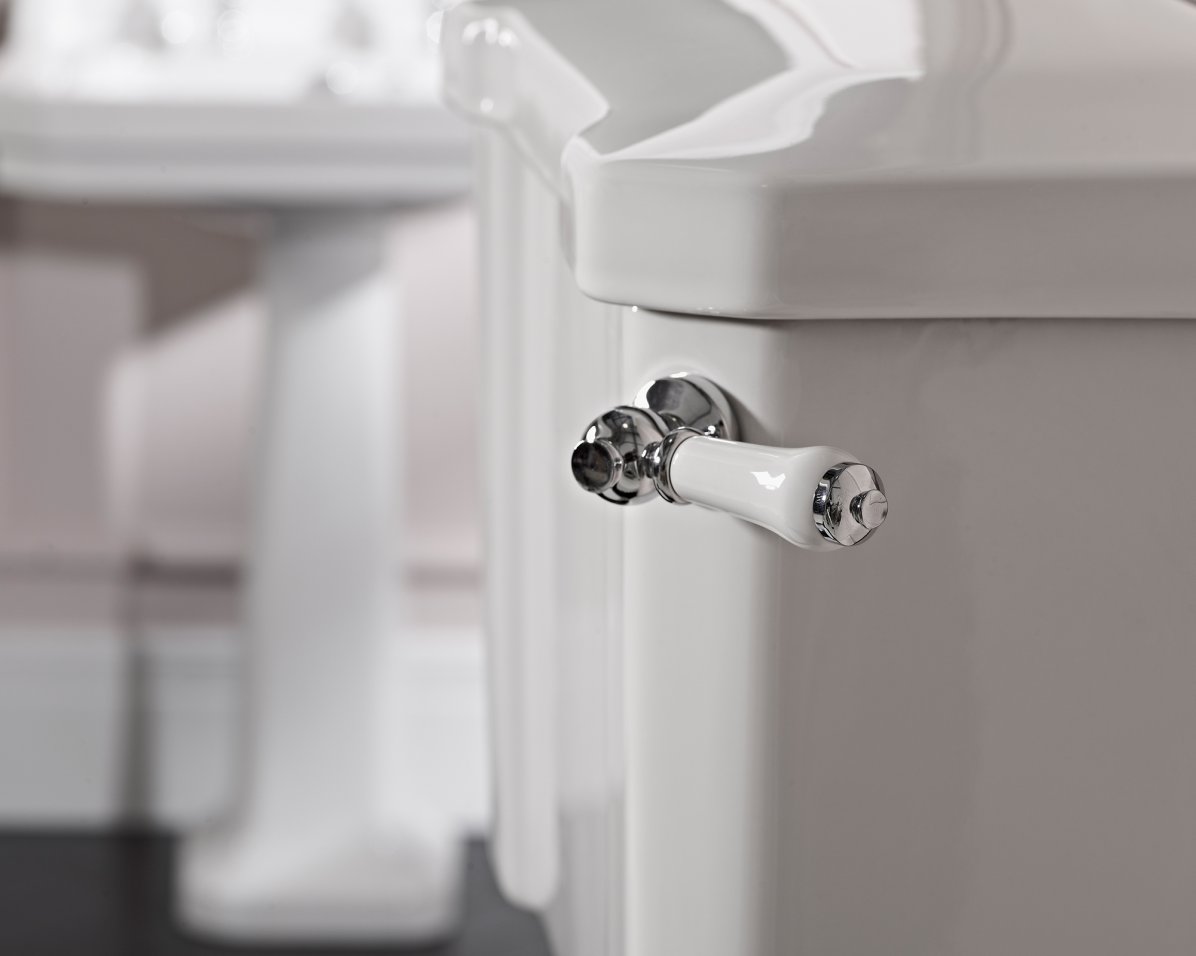





Stay Connected